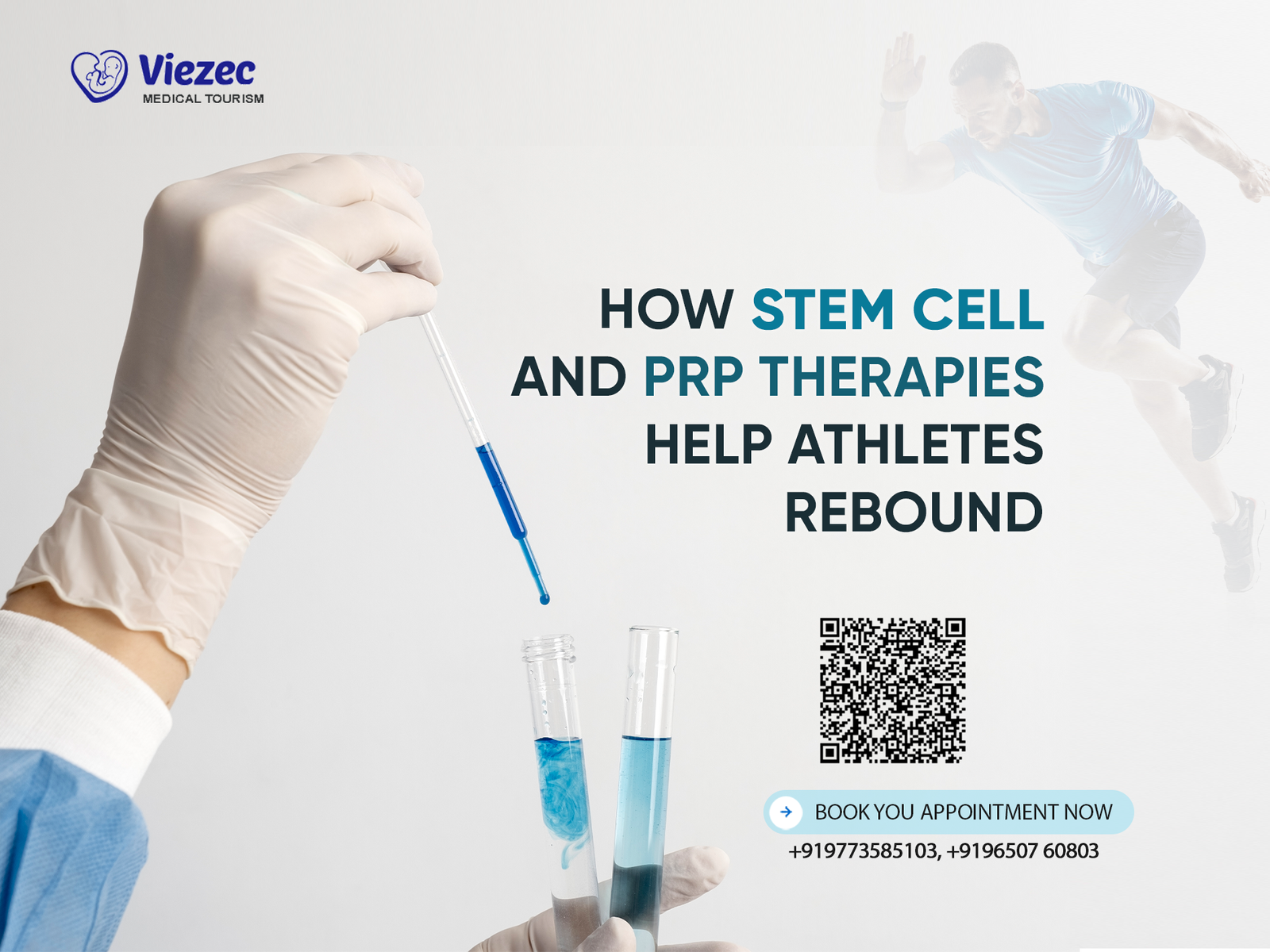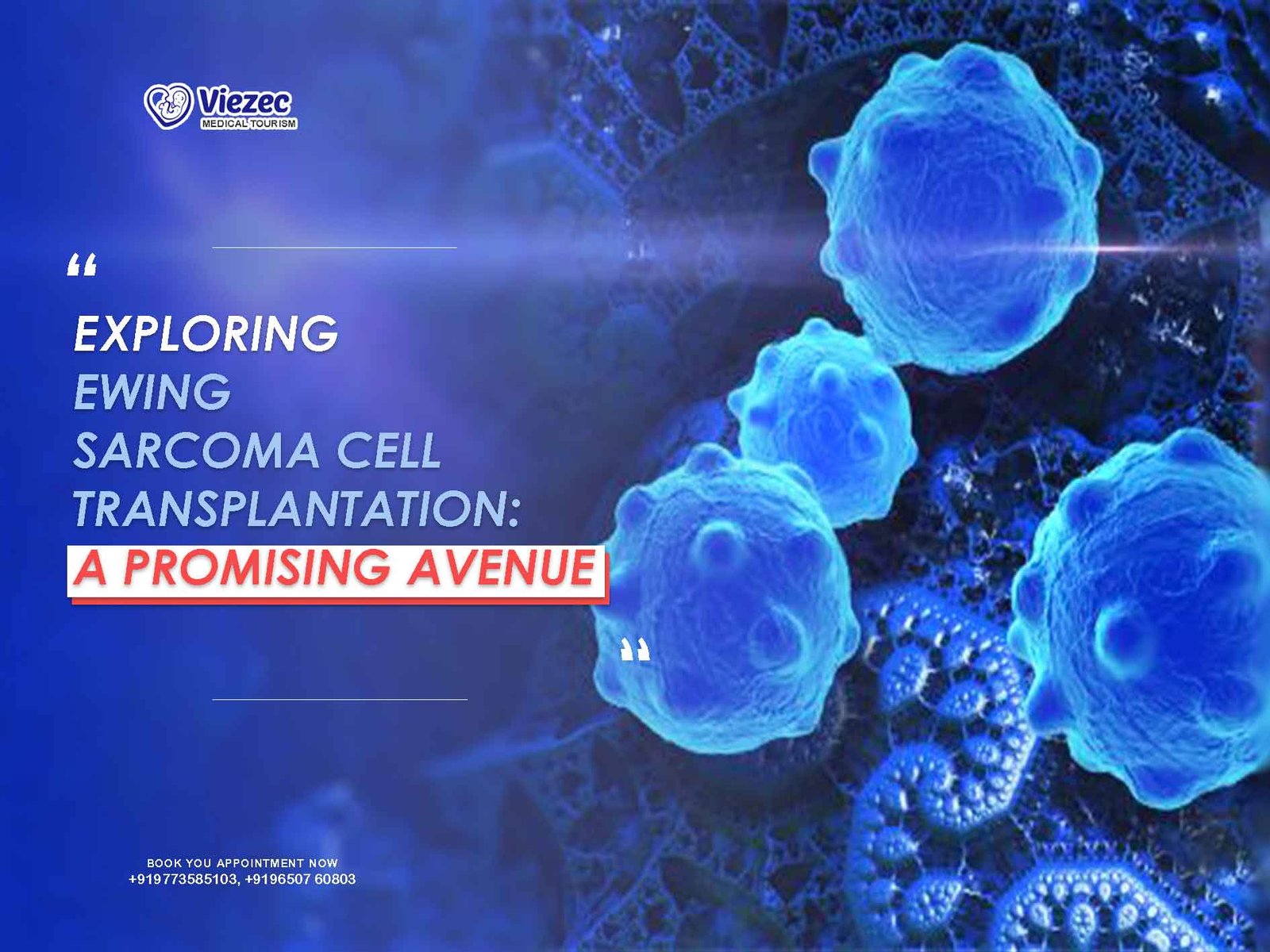In the high-stakes world of athletics, injuries are an inevitable hurdle. Whether it’s a sprained ligament, a torn tendon, or chronic joint pain, these setbacks can sideline even the most elite competitors. Traditional treatments like surgery or prolonged rest often come with lengthy recovery times, risking an athlete’s career or performance level. However, advancements in regenerative medicine, particularly stem cell therapy and platelet-rich plasma (PRP) therapy, are revolutionizing how athletes rebound from injuries. These cutting-edge treatments harness the body’s natural healing mechanisms to repair damaged tissues, reduce inflammation, and accelerate recovery, offering hope to athletes striving to return to peak form.
This article delves into the science behind stem cell and PRP therapies, their specific applications in sports medicine, their benefits for athletes, and real-world examples of their success. By understanding how these therapies work, athletes and their support teams can make informed decisions to optimize recovery and performance.
Understanding Stem Cell Therapy: The Body’s Regeneration Powerhouse
Stem cell therapy is a cornerstone of regenerative medicine, leveraging the unique properties of stem cells—undifferentiated cells capable of transforming into specialized cell types. In the context of athletic injuries, stem cells are used to repair damaged tissues such as muscles, tendons, ligaments, and cartilage. These cells can be sourced from various places, including bone marrow, adipose (fat) tissue, or umbilical cord blood, with each source offering distinct advantages.
The process begins with harvesting stem cells from the athlete’s body or a donor source. These cells are then concentrated and injected into the injury site, where they work in two primary ways: differentiation and signaling. Through differentiation, stem cells transform into the specific cell types needed to replace damaged tissue—for example, cartilage cells in a worn-out knee joint. Simultaneously, they release growth factors and cytokines, signaling the body to ramp up its natural repair processes, reduce inflammation, and promote blood vessel formation.
For athletes, this dual-action approach is a game-changer. A torn rotator cuff or a degenerative knee condition that once required invasive surgery might now heal faster and more completely with stem cell therapy, minimizing downtime and preserving career longevity.
Platelet-Rich Plasma (PRP) Therapy: Amplifying Healing with Blood’s Own Power
PRP therapy, while less complex than stem cell therapy, is equally transformative. It involves drawing a small sample of the athlete’s blood, spinning it in a centrifuge to concentrate the platelets, and injecting this platelet-rich plasma into the injured area. Platelets, best known for their role in clotting, also contain a treasure trove of growth factors—proteins that stimulate tissue repair, reduce inflammation, and enhance cell proliferation.
Unlike stem cell therapy, PRP doesn’t introduce new cells into the body. Instead, it supercharges the body’s existing repair mechanisms. When injected into a strained tendon or inflamed joint, PRP floods the area with healing agents, accelerating recovery and strengthening the tissue against future damage. The procedure is minimally invasive, often completed in a single outpatient visit, making it an attractive option for athletes who need to get back in the game quickly.
Why Athletes Turn to Regenerative Medicine
Athletes push their bodies to the limit, and with that comes a higher risk of injury. According to sports medicine experts, common athletic injuries include tendonitis, ligament tears (like ACL injuries), muscle strains, and cartilage degradation (often seen in knees and shoulders). Traditional treatments—rest, physical therapy, or surgery—can take months or even years to fully resolve these issues, if they resolve them at all. Surgery, while effective for some, carries risks like infection, scar tissue formation, and incomplete recovery, all of which can derail an athlete’s career.
Stem cell and PRP therapies offer a compelling alternative. They target the root cause of the injury—damaged tissue—rather than merely masking symptoms with painkillers or immobilizing the area with braces. By promoting natural healing, these therapies align with the athlete’s need for rapid, effective recovery while minimizing the invasiveness of treatment. Additionally, because PRP uses the athlete’s own blood and stem cells can often be autologous (from the patient), the risk of rejection or adverse reactions is low.
The Science Behind Recovery: How These Therapies Work
To appreciate why stem cell and PRP therapies are so effective, it’s worth exploring their mechanisms at a cellular level. When an athlete suffers a torn ligament or microtears in a muscle, the body initiates a healing cascade: inflammation to protect the area, followed by tissue repair and remodeling. However, this process can stall or fail in chronic injuries, leaving scar tissue or weakened structures behind.
Stem Cells: The Builders
Stem cells intervene by replenishing the cellular workforce. Mesenchymal stem cells (MSCs), commonly used in sports medicine, are particularly adept at becoming bone, cartilage, or connective tissue cells. Beyond differentiation, MSCs secrete bioactive molecules that modulate inflammation and recruit other repair cells to the site. Studies have shown that stem cell injections can enhance collagen production in tendons and ligaments, restoring their elasticity and strength—crucial for athletes who rely on explosive movements.
PRP: The Accelerators
PRP complements this by turbocharging the repair process. Platelets release growth factors like platelet-derived growth factor (PDGF), transforming growth factor-beta (TGF-β), and vascular endothelial growth factor (VEGF). These proteins stimulate cell proliferation, collagen synthesis, and angiogenesis (new blood vessel formation), ensuring the injured tissue gets the oxygen and nutrients it needs to heal. Research suggests PRP can reduce healing time for tendon injuries by up to 30%, a significant edge for athletes facing tight competition schedules.
Together, stem cells and PRP create a synergistic effect: stem cells rebuild the structural framework, while PRP fuels the repair engine, resulting in faster, more durable recovery.
Specific Applications in Sports Injuries
Stem cell and PRP therapies are versatile, addressing a wide range of injuries that plague athletes. Here’s how they’re applied to some of the most common conditions:
Tendon Injuries (e.g., Achilles Tendonitis, Tennis Elbow)
Tendons, which connect muscle to bone, are notoriously slow to heal due to their limited blood supply. PRP has become a go-to treatment for tendonitis, with studies showing improved pain scores and function in conditions like tennis elbow. Stem cells take this further by regenerating tendon fibers, potentially preventing recurring tears—a boon for runners and racket-sport athletes.
Ligament Tears (e.g., ACL Injuries)
Anterior cruciate ligament (ACL) tears are a dreaded injury in sports like soccer and basketball. While surgery is often required for complete tears, partial tears or post-surgical recovery can benefit from stem cell injections, which promote ligament regrowth and stability. PRP is frequently used alongside physical therapy to reduce inflammation and speed rehabilitation.
Cartilage Damage (e.g., Knee Osteoarthritis)
Cartilage, the cushioning tissue in joints, doesn’t regenerate naturally, making knee or shoulder wear a career threat for athletes. Stem cells can differentiate into chondrocytes (cartilage cells), repairing damage and slowing osteoarthritis progression. PRP injections, often combined with hyaluronic acid, lubricate the joint and reduce pain, helping athletes maintain mobility.
Muscle Strains and Tears
Muscle injuries, common in sprinters and weightlifters, heal faster with PRP, which enhances muscle fiber regeneration. Stem cells can also repair severe tears by replacing lost muscle tissue, ensuring the athlete regains full strength.
Benefits for Athletes: Beyond Faster Healing
The appeal of stem cell and PRP therapies lies not just in their ability to heal but in the broader advantages they offer athletes:
-
- Reduced Downtime: Unlike surgery, which might sideline an athlete for six months or more, these therapies can cut recovery time significantly—sometimes to weeks—allowing a quicker return to training and competition.
-
- Non-Surgical Option: Many athletes avoid surgery due to its risks and recovery demands. Stem cell and PRP therapies are minimally invasive, often requiring only a needle and a skilled physician.
-
- Long-Term Tissue Health: By regenerating rather than just repairing tissue, these treatments can strengthen injury sites, reducing the likelihood of reinjury—a critical factor for athletes with repetitive motion injuries.
-
- Pain Reduction: Both therapies combat inflammation, a major source of chronic pain, helping athletes manage discomfort without relying on opioids or long-term NSAIDs.
-
- Personalized Treatment: PRP is inherently autologous, and stem cells can be too, tailoring the therapy to the athlete’s biology for optimal results.
Real-World Success Stories
The proof of these therapies lies in their real-world impact. Several high-profile athletes have turned to stem cell and PRP treatments with remarkable outcomes:
-
- Tiger Woods: The golf legend underwent PRP therapy for knee and Achilles injuries, aiding his return to competitive play. His ability to compete at an elite level years after multiple surgeries speaks to the therapy’s potential.
-
- Rafael Nadal: The tennis star used PRP to treat chronic knee tendonitis, allowing him to maintain his grueling clay-court dominance. Nadal’s resilience is a testament to PRP’s efficacy in managing degenerative conditions.
-
- Kobe Bryant: The late NBA icon traveled to Germany for a variation of PRP therapy (Orthokine) to treat knee arthritis, extending his career and inspiring other athletes to explore regenerative options.
-
- Cristiano Ronaldo: Reports suggest the soccer superstar used stem cell therapy to recover from a hamstring injury, showcasing its role in rapid muscle repair for high-intensity sports.
These cases highlight how stem cell and PRP therapies aren’t just theoretical—they’re practical tools helping athletes defy the odds.
Challenges and Considerations
Despite their promise, these therapies aren’t without challenges. Cost is a significant barrier, with stem cell treatments ranging from $5,000 to $20,000 per session and PRP averaging $500 to $2,000, often not covered by insurance. The lack of standardization—variation in cell sourcing, preparation, and injection techniques—can affect outcomes, making it crucial to choose experienced providers.
Regulatory hurdles also exist. In some countries, stem cell therapies face restrictions due to ethical concerns or insufficient long-term data. While PRP is widely accepted, stem cell research is still evolving, and athletes must weigh the benefits against the unknowns. Side effects are rare but can include infection at the injection site or temporary pain, though these risks are minimal compared to surgery.
The Future of Athletic Recovery
As research advances, stem cell and PRP therapies are poised to become even more integral to sports medicine. Innovations like combining stem cells with bioengineered scaffolds or enhancing PRP with additional growth factors could further boost efficacy. Wearable tech and imaging may soon guide precise therapy delivery, tailoring treatments to an athlete’s unique injury profile.
For now, these therapies represent a paradigm shift—moving away from reactive fixes toward proactive regeneration. Athletes no longer have to accept prolonged recovery or diminished performance as inevitable. Instead, they can harness their body’s own potential to rebound stronger than ever.
A New Era of Resilience
Stem cell and PRP therapies are rewriting the playbook for athletic recovery. By tapping into the body’s innate ability to heal, they offer athletes a lifeline to overcome injuries that once seemed insurmountable. From repairing torn tendons to restoring worn cartilage, these treatments deliver faster, safer, and more durable results, empowering athletes to reclaim their place on the field, court, or track.
For competitors at any level, the message is clear: regenerative medicine isn’t just a treatment—it’s a revolution. As science continues to refine these tools, the future of sports recovery looks brighter, promising a world where every athlete has the chance to rebound and thrive.








